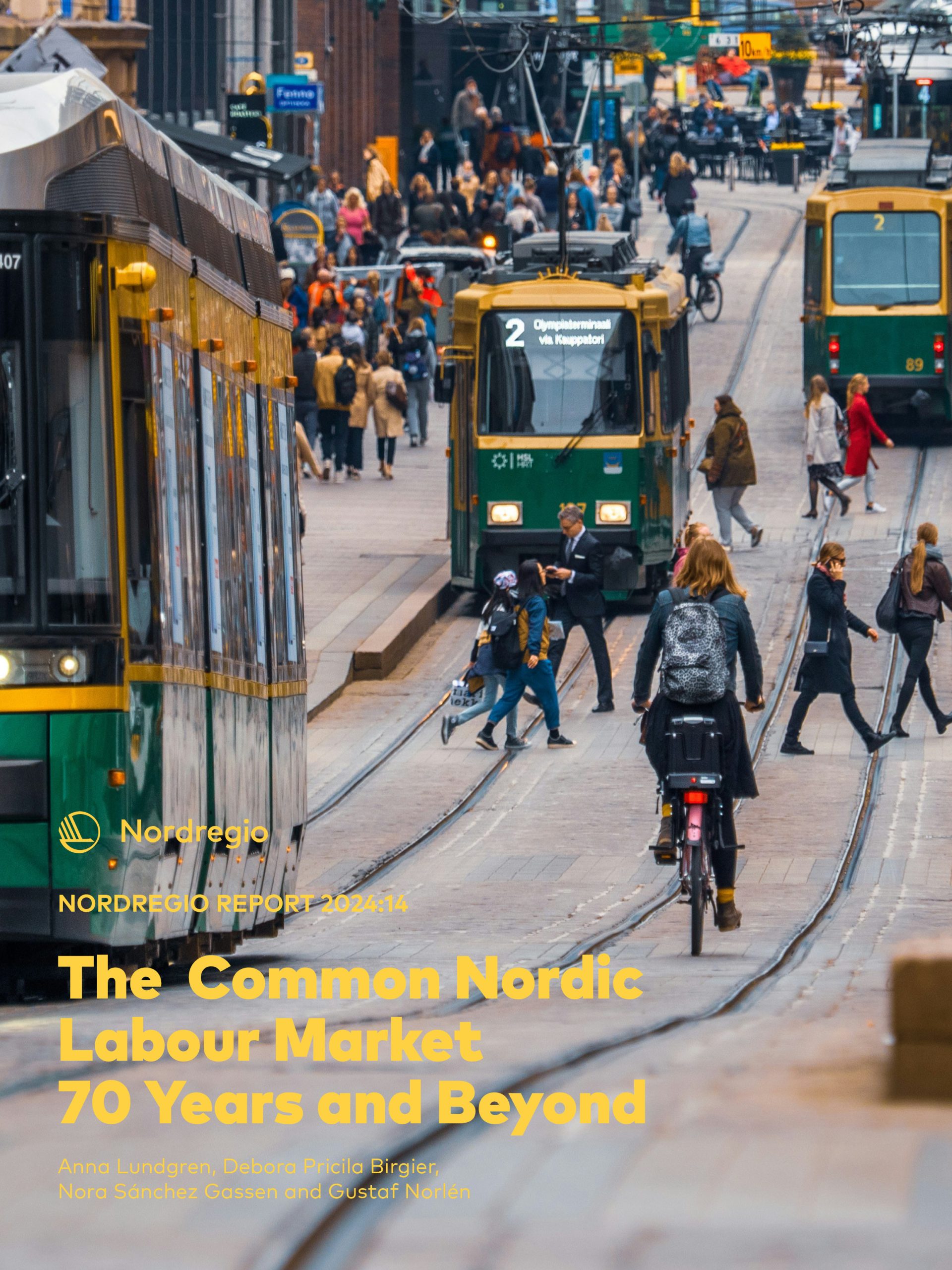This report explores the past, present, and future of labour mobility in the Nordic Region. Historical milestones and migration trends that have shaped cross-border employment are examined, highlighting both advancements and ongoing challenges such as tax legislation and language barriers. With the demand for highly educated workers increasing amidst demographic changes, the importance of Nordic cooperation and the growing trend of remote work are also discussed.
The common Nordic labour market, formalised in 1954, was an extension of Sweden’s earlier efforts in the 1940s to support its booming industry. Over the years, various Nordic countries joined European frameworks like the EEC and the European Economic Area (EEA), enhancing mobility. Despite the unique long-standing cooperation and freedom, practical barriers still hinder seamless cross-border labour movement. Could a more integrated Nordic labour market contribute to solve lack of competence and skills mismatch? Today, only 1.6 % live in another Nordic country than they were born in, and a lower share than the EU average commute to another Nordic country for work.
We end the report by asking four daring and forward-looking questions, with the aim of starting a discussion about how the common Nordic labour market can be developed further and encourage readers to think more broadly and look ahead to the future.










